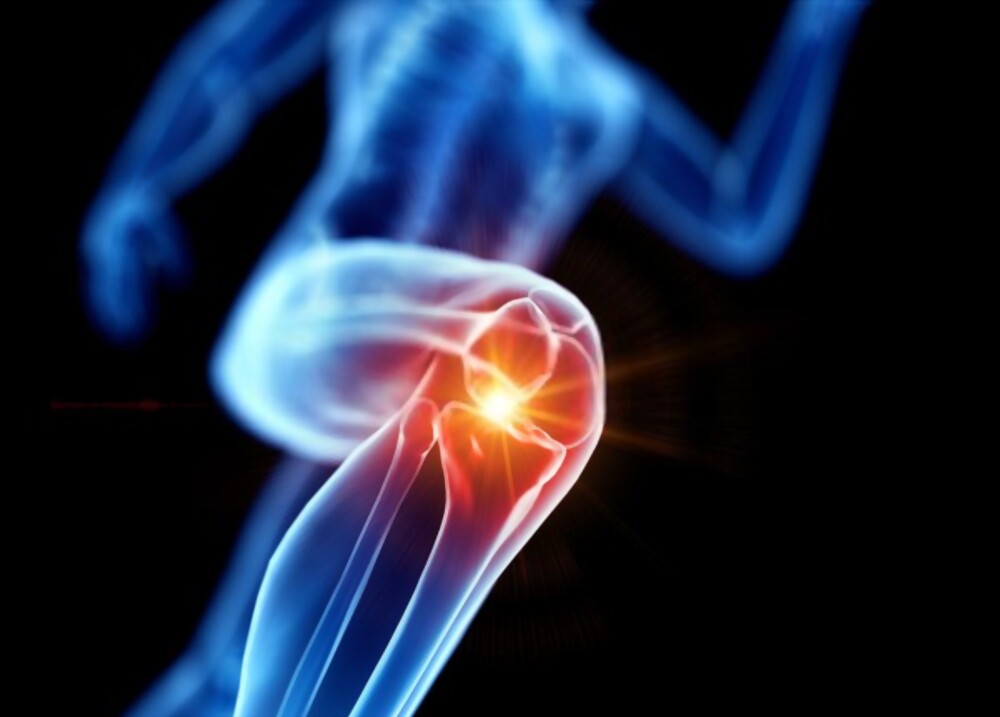Introduction-
Knee crepitus is extremely common. We usually experience some sort of physiological noise while movement of the knee joint. Noises experienced sometimes may lead to fear due to the beliefs about the noises damaging the joints. However majority of knee noises are physiological rather than pathological. Let us understand more about it in this article.
What are the types of crepitus?
It can be subdivided into pathological noises and physiological noises.
Pathological crepitus
Pathological noises occur in conjunction with an injury. Examples are a popping sound heard with an ACL injury or a meniscal tear. Conditions that cause pathological sound in the knee include Degenerative changes, patellofemoral instability, post-surgical crepitus, etc. These conditions not only experience popping sound but also additional symptoms of pain, swelling, joint effusions etc. The management of the condition hopefully resolve the crepitus as well as additional symptoms.
Physiological crepitus
Physiological noises of the knee are much more commonly seen. Research suggests that 99% of knees make some sort of noise. People that experience physiological knee crepitus do not have a specific trauma or injury related to their noises. It is not related to pain or functional performance of the joint. Also, there is no corelation with any pathology.
Understanding causes behind physiological crepitus-
A normal patella-femoral joint has a sound characterised as loud and grating.It is a common type of knee crepitus. One of the cause could be the Stick-slip phenomenon. It is the result of friction when 2 surfaces move on one another. The retropatellar cartilage can have an uneven surface, and the jerky movement of the patella on the femur could be the cause of the sound.
Few other causes include Snapping of ligaments/ tendons over bony prominences, Hypermobile or discoid meniscus and build up and bursting of air bubbles in synovial fluid.
Types of sounds-
- Popping- occurs during an injury such as ligament tear.
- Clicking- could be because of possible damage to ligament. It occurs at a specific part of the knee range of motion.
- Creaking- seen usually in arthritis
- Popping- bursting of bubbles in synovial fluid
- Snapping- tendon snap over bony prominence
Management of crepitus-
In patients that have crepitus linked to a pathology, it could be a meniscal tear,ACL tear, etc, management for the pathological cause may also resolve the noise.
In the majority of patients, the sound in their knees is physiological. These patients need education on the fact that the sound is not harmful or damaging.
Also read-https://vcurehealthcare.com/muscle-soreness-after-exercise-read-to-know-more/





